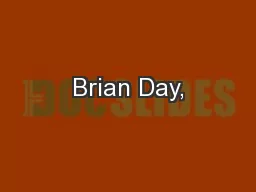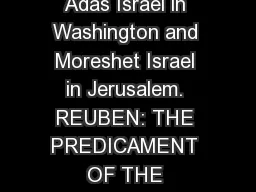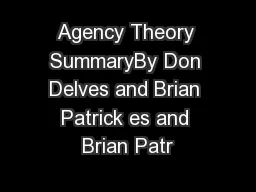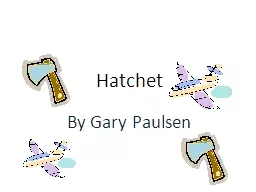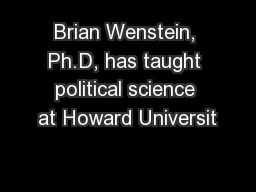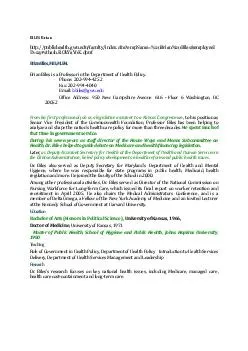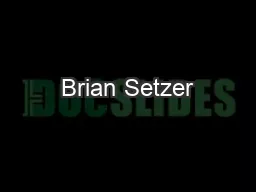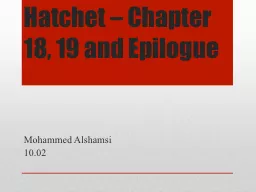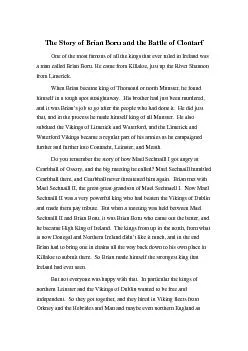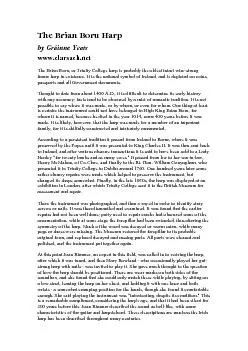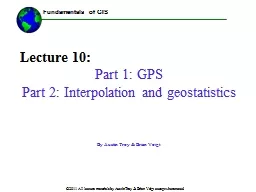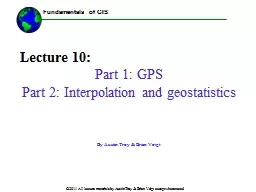PPT-Brian Day,
Author : jane-oiler | Published Date : 2015-09-17
Barrister amp Solicitor Airport Law Lunch Speaker Sponsored by Transafe Technology EXERCISING YOUR AIRPORTS COMPETITIVE ADVANTAGES Change of Approach Commercial
Presentation Embed Code
Download Presentation
Download Presentation The PPT/PDF document "Brian Day," is the property of its rightful owner. Permission is granted to download and print the materials on this website for personal, non-commercial use only, and to display it on your personal computer provided you do not modify the materials and that you retain all copyright notices contained in the materials. By downloading content from our website, you accept the terms of this agreement.
Brian Day,: Transcript
Download Rules Of Document
"Brian Day,"The content belongs to its owner. You may download and print it for personal use, without modification, and keep all copyright notices. By downloading, you agree to these terms.
Related Documents

